Isabelle Popp has written all sorts of things, ranging from astrophysics research articles and math tests to crossword puzzles and poetry. These days she's writing romance. When she's not reading or writing, she's probably knitting or scouring used book stores for vintage gothic romance paperbacks. Originally from New York, she's as surprised as anyone that she lives in Bloomington, Indiana.
Sometimes it seems like tropes have taken over the conversation about romance. What tropes we love and which we’re sick of. Whether romance novels have become a stack of tropes in a trench coat. I’m not here to litigate that. I’m here to make some distinctions, because the word “trope” has acquired a broad definition that I do not think is helpful in deeply discussing romance. I want to distinguish tropes from plots.
To me, a trope is a specific plot beat in a larger story that writers come back to because of the reaction it reliably elicits. The “just one bed” trope is the perfect example of this. Another trope is “doing it just one time to get it out of our systems.” These tropes do not dictate the whole plot of the book. Moreover, some of what people call tropes, I think of as relationship dynamics. “Grumpy/sunshine,” for example, or “age gap,” give you some expectations of how the characters will interact. But they give you no sense of the actual plot of the novel. So, what is the actual plot?
While there are romance novels that pack in a lot of plot, the blossoming of the relationship is the main goal. So, the plots of these stories tend to support that. In thinking broadly through romance, I believe most plots boil down to a fairly small list that I’ve detailed below, with examples from my all-time favorite romances. These plots encompass starting points for the romance. We know the ending of the story is happy. In between, the plots can go wild. Do you think these classifications work? Which romances don’t fit neatly into any of these categories?
Let’s Work Together
These books follow two people coming together for a common goal. This includes teammates in a sport, coworkers trying to win that big contract, or characters on a fantasy quest. Within this plot, you find many a relationship dynamic, including enemies to lovers, opposites attract, grumpy/sunshine, friends to lovers, etc. Forbidden love is one of my favorite dynamics, and that’s what you get from Kennedy Ryan’s Reel, in which a director and actor must fight their attraction to each other while making a film together.
Let’s Fight
In these books, you have people on the opposite sides of a conflict. The conflict brings them together, and the attraction grows from there. This works with sports, of course, and plenty of fantasy settings involve two sides of a war or a hunter/hunted dynamic. One of the all-time classics in this genre is the hockey romance Heated Rivalry, following members of different teams who have a rivalry on the ice and a burgeoning romance after the last buzzer has sounded.
Kissing Books
Sign up for Kissing Books to receive news, book recommendations, and more for residents of Romancelandia.
Let’s Make a Deal
I consider deal-making to be its own kind of plot, because characters often have separate aims they are trying to reach through their deal. Fake dating and marriages of convenience are evergreen sources of deals. There can also be ostensibly platonic deals like tutoring/lessons that eventually turn romantic. A classic example in this plot category is Beverly Jenkins’s historical masterpiece Tempest, which follows a mail-order bride to the American frontier. If the mail-order bride is not shooting at her new husband in her first encounter, I’m not interested.
We’re Trapped
Here’s the forced proximity category. “Trapped” is perhaps overstating it, but you get the idea. These characters’ goals don’t necessarily align or clash; they are thrown together by fate. This can include road trips, time loops, snowed-in cabins, space ships, what have you. A recent favorite of mine is Katelyn Doyle’s Total Dreamboat, in which two reluctant cruise ship passengers find each other and fall in love.
I’m New Here
A classic romance plot is someone starting over. Characters are arriving in a new town, landing on a new planet, time traveling to a new era, whether dropped in by circumstance or actively seeking a change of scenery. These kinds of plots are great for characters forging found families. Seeing the wonders of a place through a newcomer’s eyes is another fun trait of these books. While the titular character of Penny Aimes’s For the Love of April French is not the newcomer, she meets someone new to town at the kink club she frequents, and he changes her life forever.
We Meet Again
I love a story between characters with a history that precedes the reader meeting them on the page. There are a million ways to spin it—they could be exes, friends who drifted, or people forever linked by a fateful event. The characters have to face their past to find their future. This is the case in Yulin Kuang’s How to End a Love Story, in which a couple linked by the death of one character’s sister find healing together after suffering separately for many years.
To me, it’s fascinating to think about the structure of romance. In a genre meant to tell a similar story over and over—which I do not say disparagingly!—there is infinite room for riffing. It’s like jazz, or maybe a Phish concert. Hmm, I should stick to romance.
If you’re interested in a similar analysis for mystery, we’ve detailed both murder mystery plots and non-murder plots. And if you want to know which books I think perfectly execute the above romance plots, I’ll invite you to check out the best romances of 2024. See if you can figure out which plot each one follows.

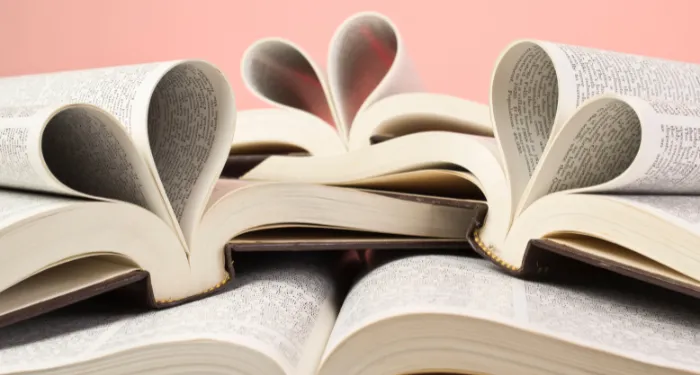


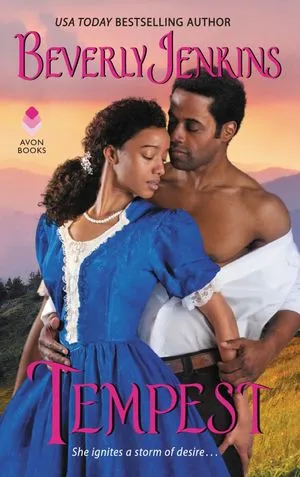

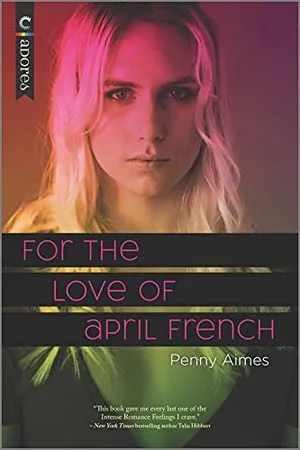


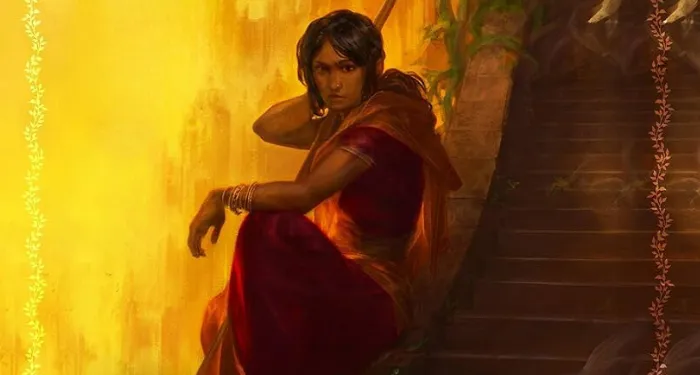
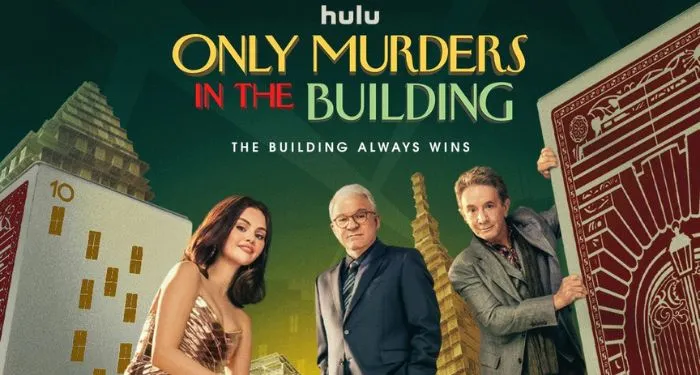



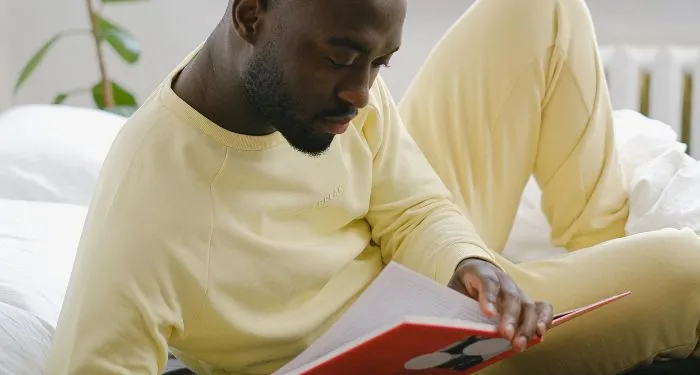
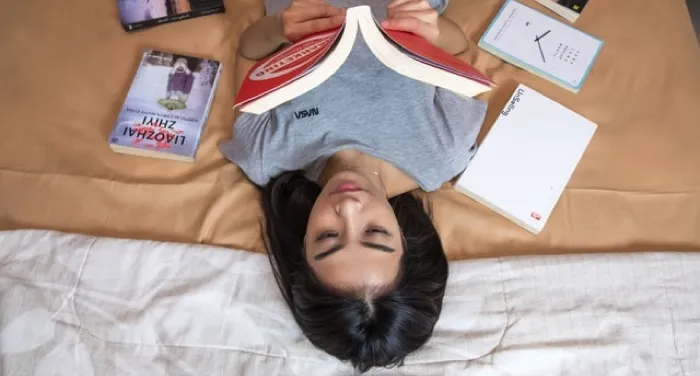



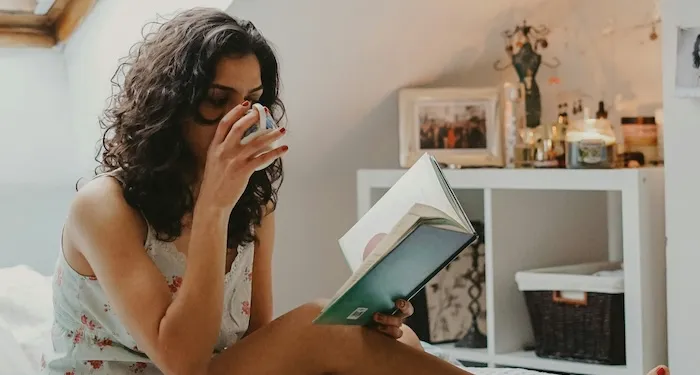
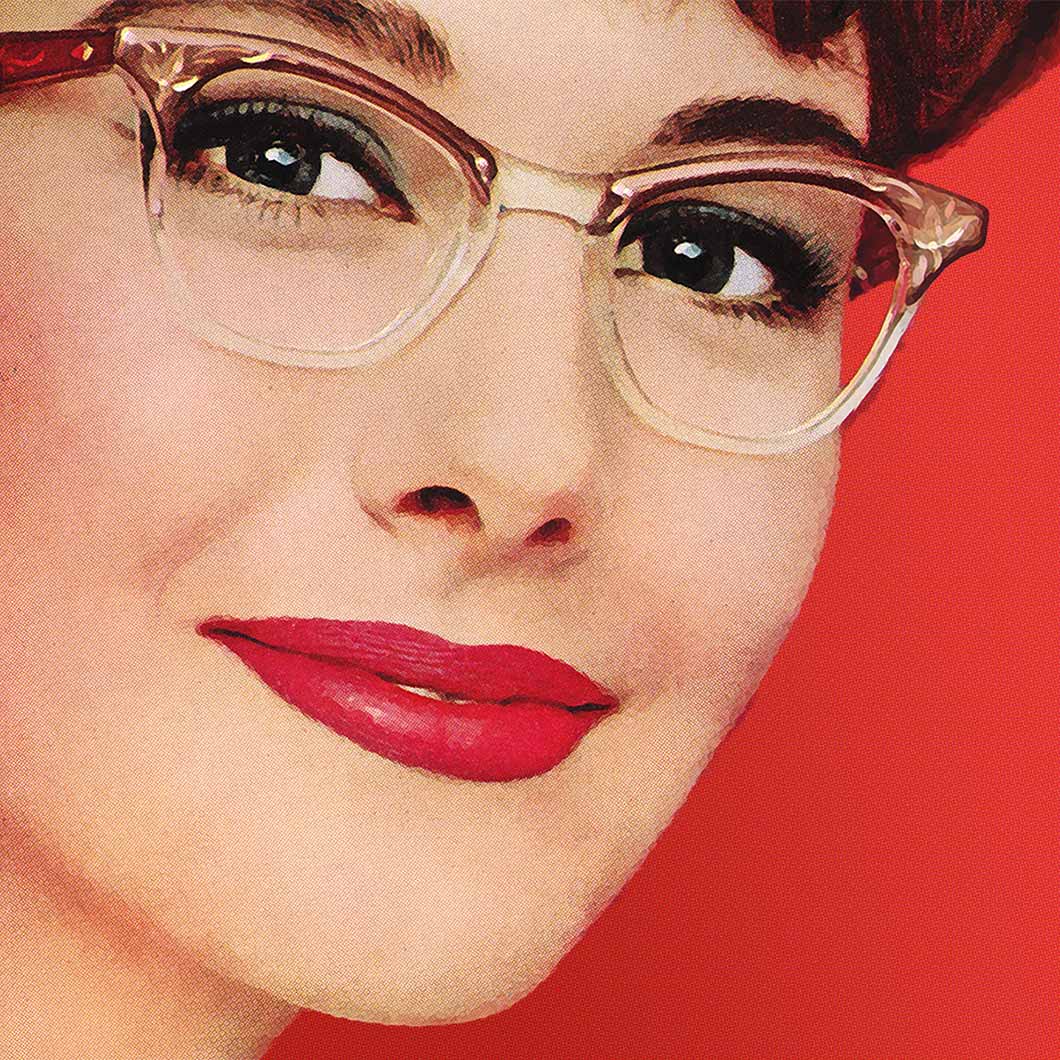



 English (US) ·
English (US) ·